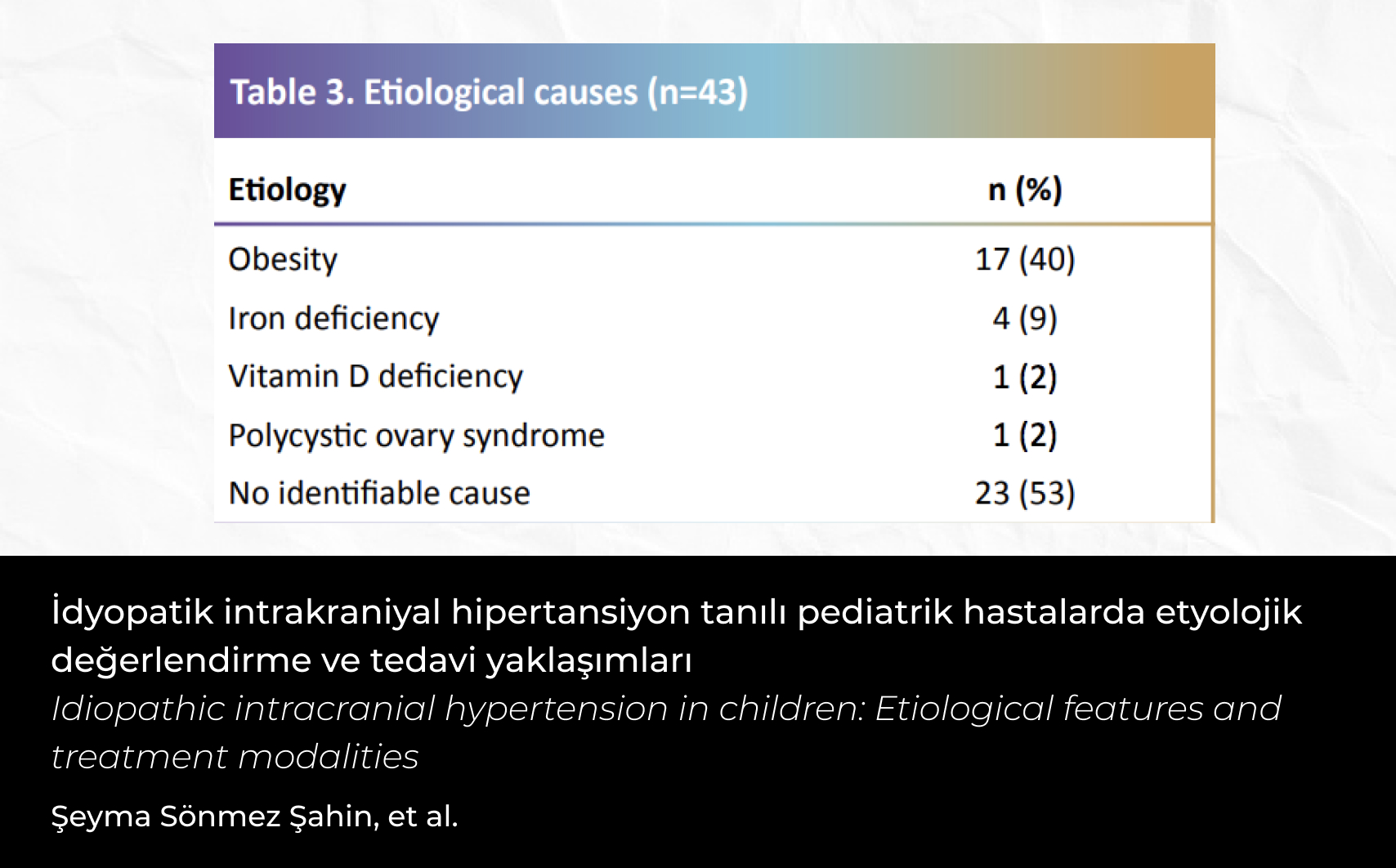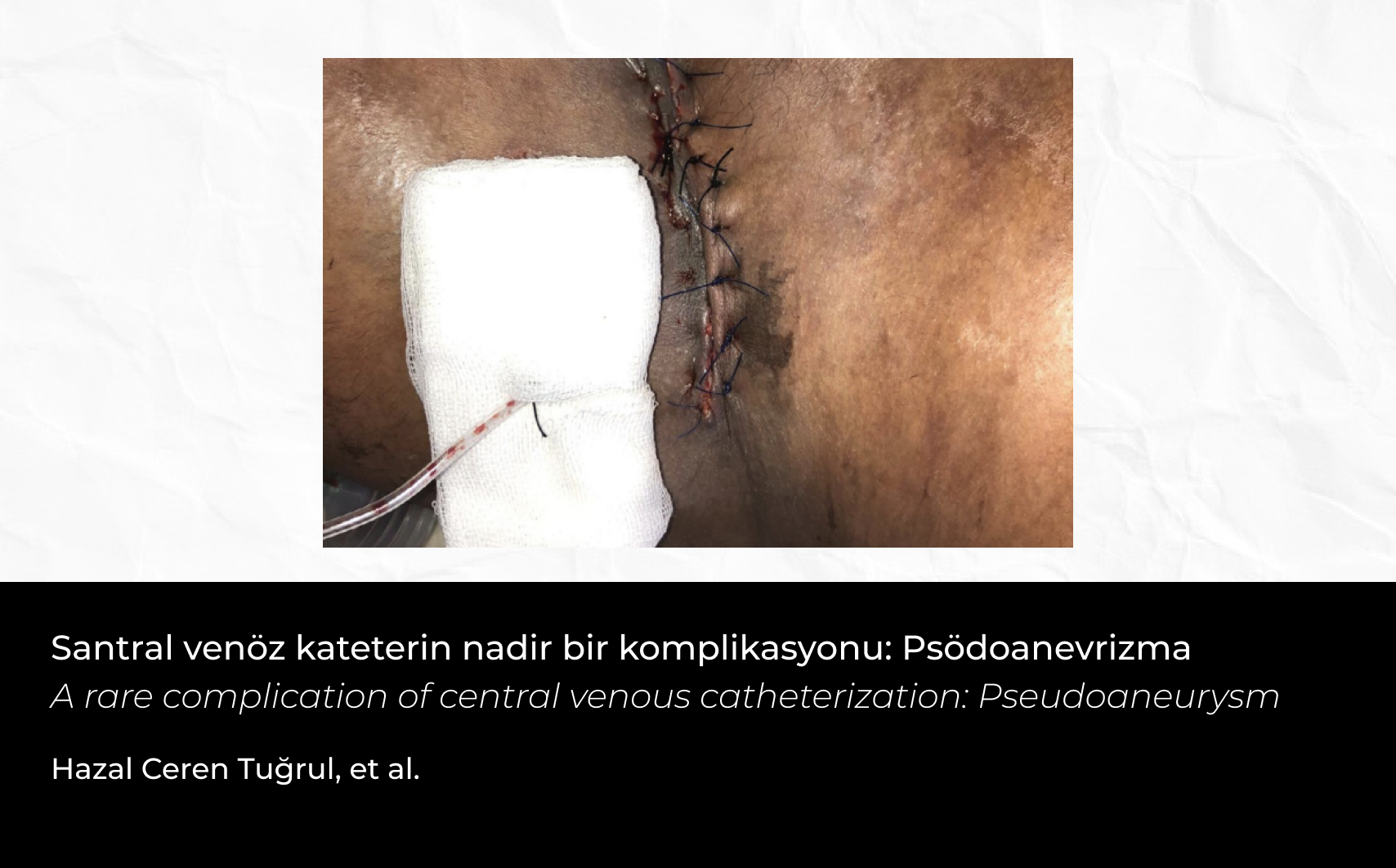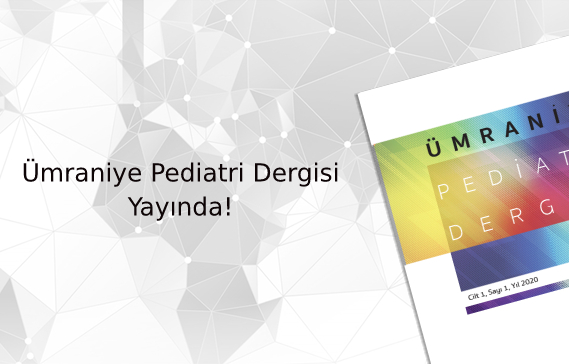2Sağlık Bilimleri Üniversitesi, Ümraniye Eğitim ve Araştırma Hastanesi, Çocuk Kardiyoloji Kliniği, İstanbul, Türkiye
Özet
Amaç: Bu çalışmada, multisistemik inflamatuvar sendrom (MIS-C) tanılı çocuklarda nötrofil/lenfosit (NLO) ve C-reaktif protein (CRP)/albümin oranları, sistemik immün inflamasyon indeksi (SII) ve sistemik inflamatuvar yanıt indeksi (SIRI) gibi inflamatuvar parametrelerin hastalığın şiddetini belirlemedeki rolünün, hastalık yönetimine etkisinin ve prognozu öngörmedeki değerinin belirlenmesi amaçlandı.
Gereç ve Yöntemler: Bu çalışmada, multisistemik inflamatuvar sendrom (MIS-C) tanılı çocuklarda nötrofil/lenfosit (NLO) ve C-reaktif protein (CRP)/albümin oranları, sistemik immün inflamasyon indeksi (SII) ve sistemik inflamatuvar yanıt indeksi (SIRI) gibi inflamatuvar parametrelerin hastalığın şiddetini belirlemedeki rolünün, hastalık yönetimine etkisinin ve prognozu öngörmedeki değerinin belirlenmesi amaçlandı.
Bulgular: Altmış bir hasta ağır klinik grubuna, 131 hasta ise hafif klinik grubuna dahil edildi. Kardiyovasküler ve santral sinir sistemi bulguları ağır klinik izlenen grupta daha fazla görülürken gastrointestinal ve kas iskelet sistemi bulguları bakımından gruplar arasında fark yoktu. Trombosit, hemoglobin, mutlak lenfosit ve monosit sayıları hafif klinik grubunda, ferritin, D-dimer seviyeleri ile NLO ve CRP/albümin oranları ise ağır klinik grubunda yüksekti. SII ve SIRI değerleri her iki grupta benzerdi. NLO (%54 duyarlılık, %80,2 özgüllük) ve CRP/albümin (%55 duyarlılık, %80 özgüllük) oranları ağır kliniği öngörmede düşük duyarlılık ve yüksek özgüllüğe sahipti.
Tartışma: Bu çalışma ile inflamatuvar belirteçlerin MIS-C tanılı olgularda yüksek olduğunu, NLO ve CRP/albümin değerlerinin hastalık şiddetini öngörmede değerli olabileceği ortaya konuldu. İnflamasyon durumlarında yükseldiği bilinen SII ve SIRI değerlerinin MIS-C hastalarında ağır kliniği öngörmede ayırt edici gücü düşük bulundu.
2Department of Pediatric Cardiology, University of Health Sciences, Ümraniye Training and Research Hospital, İstanbul, Türkiye
Abstract
Objective: The study aimed to determine the role of inflammatory parameters, such as the neutrophil/lymphocyte (NLR) and C-reactive protein (CRP)/albumin ratios, systemic immune inflammation (SII), and systemic inflammatory response indices (SIRI), in determining the severity of the disease, their effect on disease management, and their value in predicting prognosis in children diagnosed with multisystemic inflammatory syndrome in children (MIS-C).
Material and Methods: The study included 192 MIS-C patients followed up at a single center. Patients requiring intensive care follow-up and inotropic drug treatment were categorized as severe clinical cases, while others were categorized as mild clinical cases. In addition to the patient’s clinical and laboratory characteristics, SII, SIRI, NLR, and CRP/albumin ratios were calculated.
Results: The severe clinical group consisted of 61 patients, while the mild clinical group consisted of 131 patients. Cardiovascular and central nervous system findings were more common in the severe clinical group, whereas there was no difference between the groups in terms of gastrointestinal and musculoskeletal system findings. Platelet, hemoglobin, absolute lymphocyte, and monocyte counts were higher in the mild clinical group, while ferritin, D-dimer levels, and NLR and CRP/albumin ratios were higher in the severe clinical group. SII and SIRI values were similar in both groups. NLR (55% sensitivity and 80% specificity) and CRP/albumin (54% sensitivity, 80.2% specificity) ratios showed low sensitivity and high specificity in predicting severe clinic.
Conclusion: The study revealed that high inflammatory markers and NLR and CRP/albumin ratios may have value in predicting disease severity in patients diagnosed with MIS-C. SII and SIRI values, which are known to be elevated in inflammatory conditions, were found to have low discriminatory power in severe clinical prediction in MIS-C patients.






 Kadir Ulu1
Kadir Ulu1 





